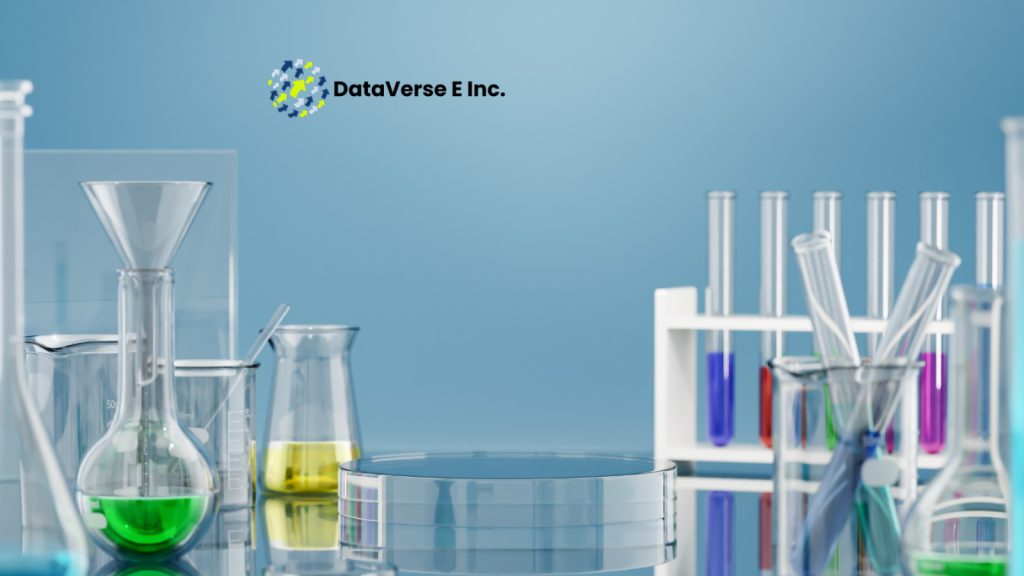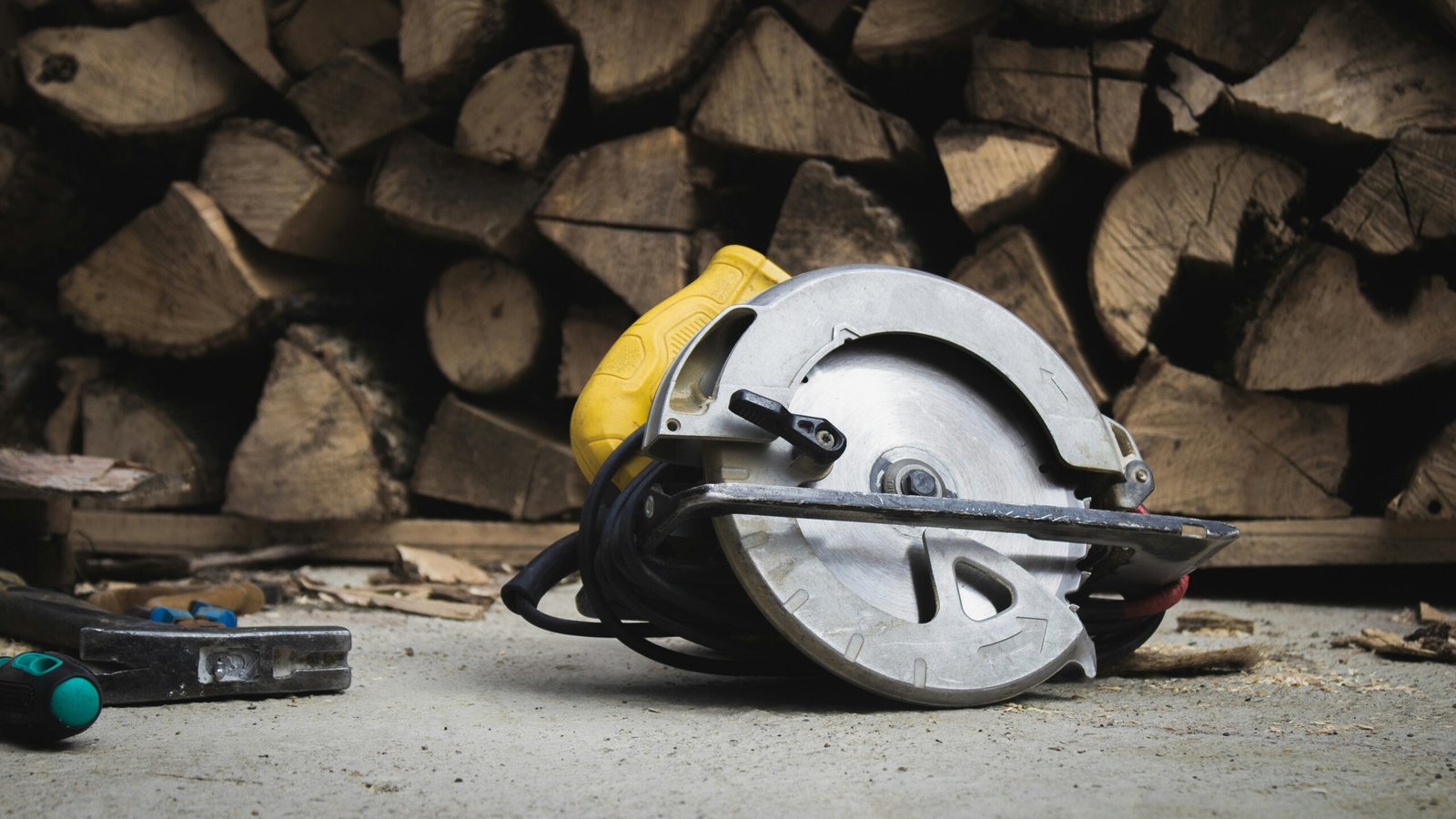Introduction to Preventive Maintenance
Preventive maintenance (PM) refers to a proactive approach to machinery management that focuses on regular inspections, servicing, and necessary repairs to prevent unexpected failures.
This systematic method addresses potential issues before they escalate, thereby ensuring optimal machinery operation and extended equipment lifespan.
By scheduling routine maintenance activities, businesses can efficiently manage their resources and avoid the pitfalls associated with reactive maintenance, which often occurs in response to unforeseen breakdowns or malfunctions.
Unlike reactive maintenance, which deals with machinery repairs post-failure, preventive maintenance aims to identify and rectify potential problems early on.
This approach allows organizations to strategically plan downtime for maintenance activities, translating into less disruption in production processes and improved overall operational efficiency.
Furthermore, it facilitates a better understanding of machinery performance, allowing for data-driven decisions regarding equipment upgrades or replacements.
The importance of adopting a preventive maintenance strategy cannot be overstated.
Companies that implement PM not only enhance machinery performance but also significantly reduce operational costs associated with unexpected repairs and unplanned downtime.
By ensuring that equipment receives regular attention, businesses can stretch their machinery assets further, ultimately leading to a more sustainable operation.
Additionally, this forward-thinking maintenance strategy can yield positive returns on investment, further encouraging companies to integrate it into their operational frameworks for both domestic and international endeavors, including potential export from India.
In conclusion, understanding and applying the principles of preventive maintenance is crucial for any business looking to optimize its machinery use.
By making PM a central component of their operational strategy, organizations can enjoy improved performance and overall reliability, setting the stage for long-term success in their respective industries.
The Importance of Machinery Longevity
In the manufacturing and production sectors, the longevity of machinery plays a critical role in determining a business’s overall efficiency and profitability.
When machinery is maintained effectively and allowed to operate optimally for extended periods, businesses can benefit from significantly reduced operational costs.
Extended machinery lifespan translates directly into lower capital expenditures since companies are not compelled to frequently invest in new equipment.
By maximizing the utility of existing machinery, organizations can channel their financial resources into other vital areas such as research and development or expanding their export from India initiatives.
Moreover, machinery that functions at peak efficiency contributes to increased productivity.
Businesses that prioritize preventive maintenance ensure that their machinery operates smoothly, which directly influences output levels and the quality of products manufactured.
Greater productivity not only enhances the bottom line but also helps in meeting customer demands more effectively.
As a result, businesses can establish a solid reputation and potentially expand their market reach, thereby paving the way for higher export from India.
Neglecting maintenance has severe repercussions, including frequent breakdowns and reduced operational efficiency.
The resulting downtime can be detrimental, hindering production schedules and delaying product delivery.
Such interruptions can lead to lost profits and diminished customer satisfaction, which can ultimately impact the long-term viability of the business.
Machinery that is not correctly maintained can also lose its ability to perform consistently, leading to increased operational costs due to repair and replacement of parts.
In light of these considerations, adopting a proactive approach to maintaining machinery is essential for businesses looking to enhance their operational longevity and performance.
By ensuring that equipment remains reliable and efficient, companies can secure their competitive advantage and bolster their capacity to thrive in a challenging economic landscape.
How Preventive Maintenance Works
Preventive maintenance is a systematic approach that focuses on the upkeep of machinery and equipment to enhance its lifespan and performance while minimizing unexpected failures.
The core principle behind preventive maintenance is to conduct regular inspections and servicing before breakdowns occur.
This proactive strategy entails a series of checks, replacements, and adjustments designed to identify and rectify minor issues before they escalate into significant problems.
One common practice is routine inspections, where machinery is examined at set intervals.
These inspections may include visual checks for signs of wear, testing, and monitoring of performance metrics.
By identifying anomalies early, companies can avert costly equipment failures that can lead to production disruptions and repair expenses.
Replacing worn parts is another key component of preventive maintenance.
Components such as filters, belts, and bearings have a limited operational lifespan and can affect overall machinery performance.
By scheduling these replacements at regular intervals, companies can ensure that their equipment operates optimally, thereby reducing the risk of unexpected breakdowns.
Moreover, adjustments play a vital role in the preventive maintenance process.
Machinery can undergo alterations over time due to wear and tear, which may hinder its efficiency. Regular adjustments ensure optimal performance by aligning the machinery to its specified operating conditions.
Such practices not only extend the equipment’s usable life but also boost its overall effectiveness.
In conclusion, an effective preventive maintenance program incorporates various strategies, including routine inspections, timely replacements, and necessary adjustments.
By implementing these practices, organizations can achieve a higher machinery lifespan and optimized performance, significantly reducing the risks associated with unexpected equipment failures.
Benefits of Implementing Preventive Maintenance
Preventive maintenance serves as a crucial strategy for enhancing not only the lifespan but also the overall performance of machinery.
One of the primary benefits is the enhancement of safety within the workplace.
Regular checks and maintenance assume an integral role in identifying potential hazards before they escalate into significant issues.
For example, regular inspections can unveil wear and tear that could lead to equipment failure, thereby safeguarding employees and avoiding costly injuries.
In addition to safety improvements, preventive maintenance significantly boosts the efficiency of machinery.
By addressing minor issues promptly, businesses can maintain optimum operating conditions, leading to less downtime and a more productive work environment.
For instance, a manufacturing facility that adopts a routine maintenance schedule may notice an increase in production levels, as machines are operating at peak efficiency more consistently.
Furthermore, engaging in preventive maintenance leads to substantial cost savings in the long run.
Though there is an upfront investment in regular maintenance checks, the long-term reduction in repair costs is notable.
Companies that proactively service their equipment can anticipate fewer unexpected breakdowns, thereby avoiding severely disrupt operations.
A case study of a logistics company revealed that its decision to implement regular maintenance schedules drastically reduced emergency repairs and extended the lifespan of their fleet, ultimately saving significant resources.
Lastly, preventive maintenance fosters better asset management. Equipment that undergoes routine service checks is better documented and tracked, providing insights into its performance and operational efficiency.
This approach enables businesses to forecast replacement needs more accurately and to make informed decisions regarding equipment purchase and retirement.
The cumulative advantages of preventive maintenance not only translate into enhanced machinery lifespan but also promote a more efficient and cost-effective operation overall.
Identifying Machinery Maintenance Needs
Effectively identifying maintenance needs for machinery is essential to ensure optimal performance and longevity.
One critical first step is maintaining an accurate maintenance log. This log records all service activities, repairs, and inspections conducted on the machinery, providing a historical perspective on the equipment’s operational performance.
With a thorough maintenance log, operators can evaluate patterns and identify recurring issues that may necessitate preventive maintenance measures.
Monitoring equipment performance is another crucial aspect of this process.
Performance metrics, such as operating hours, production output, and energy consumption, can provide invaluable insights into the functioning of machinery.
Regularly analyzing these metrics allows operators to recognize deviations from established performance benchmarks, which might signal deeper mechanical issues.
When discrepancies arise, it is essential to investigate further to determine if preventive maintenance is warranted before a minor issue escalates into a significant failure.
Operators should also be vigilant about the physical signs of machinery wear or malfunction.
Symptoms such as unusual noises, vibrations, overheating, or even fluid leaks can indicate that a machine requires immediate attention.
Recognizing these indicators early and scheduling preventive maintenance can not only extend the machinery’s lifespan but also ensure that production processes remain uninterrupted.
In addition to traditional monitoring methods, various tools and technologies are available to enhance the assessment of machinery maintenance needs.
Diagnostic software can track equipment performance in real time, providing alerts when performance thresholds are exceeded.
Furthermore, advanced sensors can detect anomalies and communicate them instantly, facilitating prompt attention.
These technologies ultimately aid in the goal to reduce downtime and improve overall productivity, thus supporting the broader objective of optimizing the machinery’s operational lifetime.
Creating a Preventive Maintenance Schedule
Developing a preventive maintenance schedule is essential for optimizing the lifespan and performance of machinery.
To begin with, one must assess the specific needs of the machinery in question. An effective schedule should be tailored to the operational requirements and usage patterns.
Identifying these unique elements enables the formulation of a strategy that reduces unexpected downtimes and enhances productivity.
The frequency of inspections and services is critical in this process.
For instance, machinery subjected to intensive use may require more frequent evaluations compared to equipment with lighter workloads.
It is advisable to start by referencing the manufacturer’s recommendations and industry standards.
Subsequently, one can adjust these suggestions based on real-life operational data and any previous maintenance history, ensuring that the plan remains effective and relevant.
Prioritization of tasks is another crucial element in creating a preventive maintenance schedule.
It is vital to distinguish between routine checks and more complex services that may take longer to complete. Establishing a prioritization system allows for the efficient use of resources, ensuring that critical machinery receives immediate attention while less urgent tasks are scheduled appropriately.
Furthermore, seasonal considerations play a role in maintenance planning, as certain environmental conditions may affect machinery performance.
For example, preparation for winterization or summer heat can warrant specific checks and adjustments, ensuring equipment is well-prepared for varying conditions.
To streamline the maintenance process, the utilization of maintenance software can significantly enhance scheduling efficiency.
Such tools facilitate tracking inspections, managing task priorities, and setting reminders for maintenance activities.
By adopting a structured preventive maintenance schedule supported by technology, organizations can not only mitigate unexpected failures but also maximize their machinery’s operational capacity over an extended lifespan.
Through careful planning and a strategic approach, companies can achieve noteworthy improvements in their operations.
Challenges in Preventive Maintenance
Preventive maintenance (PM) is an essential strategy to enhance the lifespan and performance of machinery. However, organizations often face several challenges when implementing a PM program effectively. One significant obstacle is resistance from staff. Employees may be hesitant to adopt new procedures or systems, particularly if they perceive them as an additional workload. Overcoming this resistance requires effective communication about the benefits of preventive maintenance, alongside training programs that illustrate how these measures can simplify their tasks in the long run.
Another challenge lies in budgeting constraints. Implementing a preventive maintenance program requires upfront investment in tools, technology, and training. Companies with tight budgets may struggle to allocate funds for these initiatives. To navigate this obstacle, organizations can perform a cost-benefit analysis to justify the investment by demonstrating the long-term savings achieved through reduced downtime and equipment failure. Peer comparisons and benchmarking against industry standards can also aid in garnering executive support for necessary funding.
An over-reliance on scheduled tasks can present yet another challenge. While scheduled maintenance activities are crucial, they may inadvertently lead to complacency among staff. This may manifest in the neglect of unscheduled repairs or the failure to address evolving equipment needs. To mitigate this risk, companies must foster a culture that encourages reporting unanticipated issues and adjusting schedules based on real-time data from machinery performance. Integrating technology such as predictive maintenance analytics can provide insights that aid in optimizing maintenance schedules while ensuring a proactive approach to equipment care.
Addressing these challenges head-on with appropriate strategies can ensure the successful implementation of preventive maintenance programs, ultimately maximizing machinery performance and longevity.
Comparative Analysis: Preventive vs. Reactive Maintenance
When evaluating maintenance strategies, organizations often find themselves choosing between preventive and reactive maintenance.
Each method has its own merits, yet a comparative analysis reveals the advantages of preventive maintenance, especially in contexts requiring optimal machinery performance and longevity.
Preventive maintenance focuses on regularly scheduled services and inspections designed to identify and rectify potential problems before they escalate into significant issues.
This proactive approach not only minimizes the likelihood of unplanned downtimes but also enhances the overall efficiency of machinery operations.
For instance, equipment such as conveyor systems or hydraulic presses, when subjected to routine preventive checks, tend to demonstrate improved reliability and extended lifespan.
By implementing preventive measures, businesses can strategically address wear and tear, ensuring that machinery operates at peak performance, ultimately translating into increased productivity.
On the other hand, reactive maintenance, often labeled as “run-to-failure” strategy, involves addressing issues only after they arise.
While this approach may seem cost-effective in the short term, the long-term consequences can be detrimental.
Companies relying solely on reactive maintenance often encounter significant expenses associated with emergency repairs and production halts.
Additionally, the unpredictability inherent in reactive maintenance can lead to equipment breakdowns at inopportune moments, disrupting operations and affecting overall output.
Moreover, from a financial perspective, the costs linked with unplanned work can surpass the savings gained from avoiding regular maintenance schedules.
For organizations aimed at sustaining profitability while enhancing their operational capabilities, preventive maintenance emerges as the more advantageous choice.
By conducting routine maintenance checks and addressing potential issues proactively, businesses not only safeguard their machinery but also streamline the overall maintenance process, paving the way for smoother operations and reduced downtime.
Conclusion: Embracing Preventive Maintenance for Future Success
In an increasingly competitive industrial landscape, the importance of preventive maintenance cannot be overstated.
The systematic approach of regularly inspecting, servicing, and repairing machinery not only plays a vital role in extending the lifespan of equipment but also significantly enhances overall performance.
Organizations that prioritize preventive maintenance benefit from reduced downtime, lower repair costs, and improved efficiency.
These advantages are crucial for companies, particularly those involved in the export from India, where operational excellence can be a decisive factor in maintaining a competitive edge in global markets.
Implementing a preventive maintenance strategy equips businesses to anticipate potential failures and address them proactively, which saves time and resources that would otherwise be spent on unexpected breakdowns.
By investing in such practices, companies can ensure reliable operations that support their productivity goals.
The maintenance process becomes an integral part of the operational framework, allowing for better allocation of resources and scheduling.
In sectors reliant on the export from India, meeting strict delivery timelines is paramount, and a well-maintained fleet of machinery can directly impact the ability to meet these commitments.
To derive maximum benefit from preventive maintenance, it is essential for organizations to continuously refine their strategies.
Regular training of staff and leveraging technology such as predictive analytics can help in identifying when maintenance is necessary.
Furthermore, cultivating a culture that values proactive maintenance ensures that employees recognize its significance for overall success.
As the landscape of manufacturing and export evolves, those who embrace preventive maintenance will not only sustain their machinery but will undoubtedly position themselves for future growth and success.






No comment yet, add your voice below!